PHOTOS: Traditonal Yemeni daggers
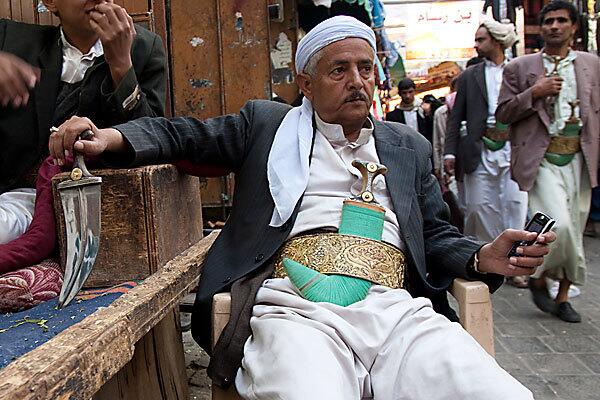
Shalan bin Yehaye Hbubari in front of his jambiya stall, one of dozens he oversees. âI refuse to sell those knockoffs. I get sad when I see them,â says Hbubari, gripping a rhino-handled dagger. âThis will endure forever.â (Paul Stephens / For The Times)
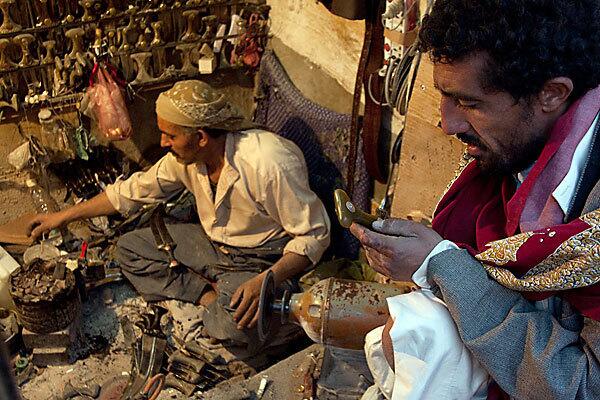
A man inspects the hilt of a jambiya, the traditional Yemeni dagger, at a workshop in the souk in Sanaâs Old City. The hilt is the most important and valuable part of the dagger, and was traditionally made from the horn of the black rhinoceros. (Paul Stephens / For The Times)
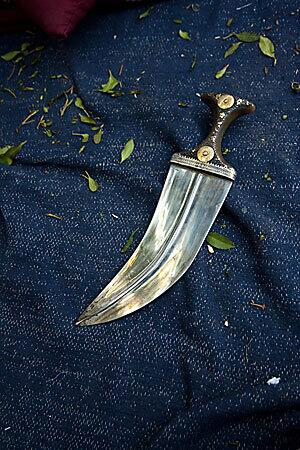
A traditional Yemeni dagger with a hilt made of black rhino horn for sale at Shalan bin Yehaya Hbubariâs stall in Sanaâs Old City. This dagger is worth several thousand dollars. (Paul Stephens / For The Times)
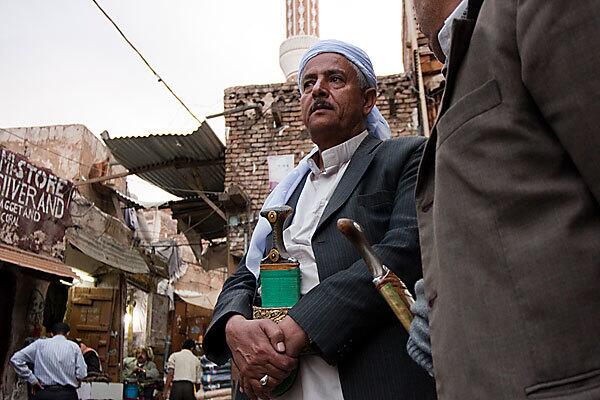
Shalan bin Yehaye Hbubari oversees dozens of stalls that sell traditonal Yemeni daggers known as jambiyas. The curved daggers worn by many Yemeni men, are prized and ones made with rhino horns can cost thousands of dollars. (Paul Stephens / For The Times)
Advertisement
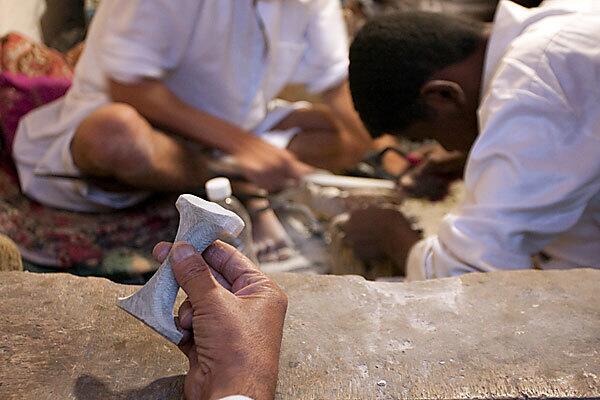
Men carve plastic hilts in a workshop in the souk in Sanaâs old city. Plastic is a cheaper and more sustainable than the preferred material, black rhino horn, which has become more scarce and expensive after the animal was declared endangered. (Paul Stephens / for The Times)
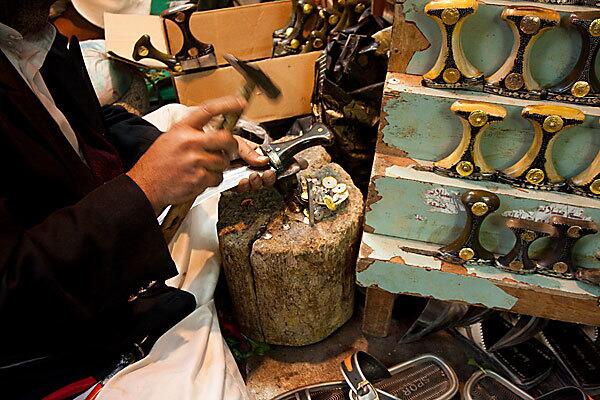
A craftsman hammers decorative coins into the hilt of a jambiya in the souk in Sanaâs Old City. (Paul Stephens / for The Times)
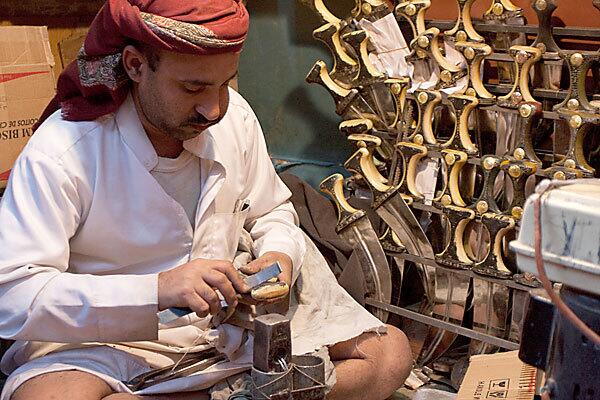
November 25, 2009 Sana,
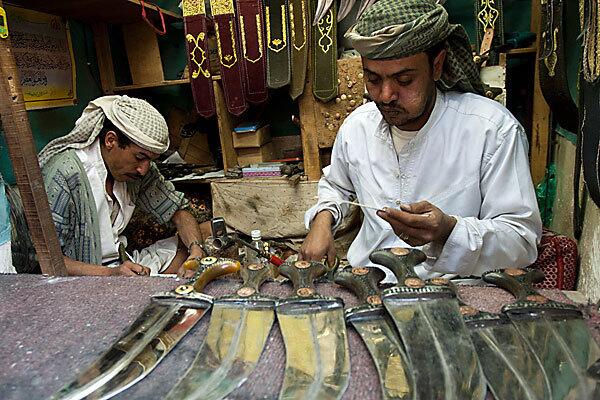
A man decorates the hilt of a jambiya with a strip of metal in at a workshop in the souk in Sanaâs Old City. (Paul Stephens / For The Times)
Advertisement
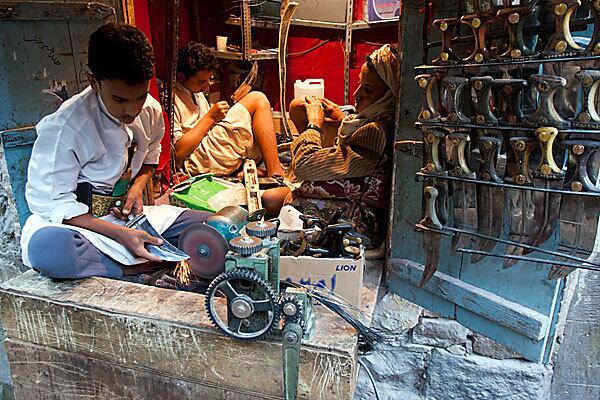
A boy sharpens the blade of a traditional Yemeni dagger in a stall in the souk in Sanaâs old city. ÂA lot of people have been deceived by jambiya knockoffs, says one vendor. (Paul Stephens / For The Times)
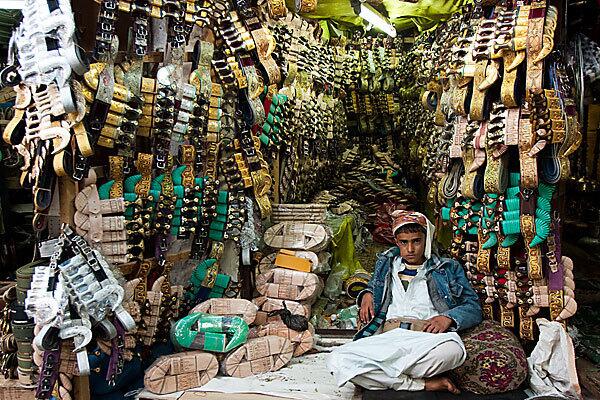
A storekeeper is surrounded by cheaper mass-produced jambiyas and belts in a stall in Sanaâs Old City. Said one vendor, âThe rhino dagger is decreasing by the day. The prices rise and rise. Itâs good for our business, though. We make handles out of plastic and cow horns from India. Look at it, it looks just like a rhino horn, except if it falls and hits the ground itâll break.â (Paul Stephens / For The Times)







